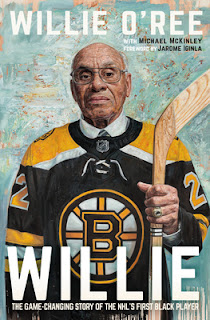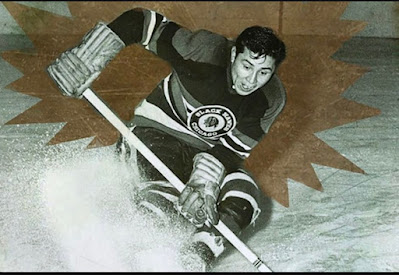Hello out there. It's #IMWAYR time again, when readers share what they have been reading and find out what others have been up to in the past week. Kathryn hosts the adult version of this meme at Book Date. Jen at Teach Mentor Texts and Kellee and Ricki at Unleashing Readers host the kidlit rendition. Whatever you are looking forward to in your next great read, these are fabulous places to start your search.
Titles with a 🍁 indicate this is a Canadian or Indigenous Canadian Author and or Illustrator.
Clicking on the title will take you to the Goodreads page of the book.
 |
| 4 stars |
Spring Stinks: A Little Bruce Book by Ryan T. Higgins January 5, 2021
 |
| 4 stars |
Hug? by Charlene Chua September 1, 2020 🍁
I read it again by myself when she wasn't here. I appreciate the flowery, lovely language, but wonder if it was too much for my granddaughter? I would love to try it again with just her and me.
 |
| 5 stars |
Rachel Carson and Her Book That Changed the World by Laurie Lawlor & Laura Beingessner (Illustrator) February 1, 2012
 |
| 4 stars |
Butterflies Are Pretty ... Gross! by Rosemary Mosco & Jacob Souva (Illustrations) April 6, 2021
 |
| 3.5 stars |
Fly on the Wall by Remy Lai September 15, 2020
Tired of his family treating him like a baby, Henry Khoo has a plan. He's going to sneak off and fly solo to Singapore to spend time with his father. Henry's good at keeping secrets. He's been writing a snarky cartoon blog about people at his school. Unfortunately, someone has figured out that he's the creator.
 |
| 5 stars |
Concrete Rose by Angie Thomas & Dion Graham (Narrator) Jan 12, 2021
I pretty much adored this book. Dion Graham's narration was brilliant. If I had access to my copy of The Hate U Give, I'd start it all over again.
It seems inevitable that Maverick Carter will turn out like his father, a gang leader who is in prison for life. Maverick deals drugs to help his mother who works two jobs. Then he discovers that a one night stand has turned him into a father. When the baby's mother leaves the child with him, he has to grow up fast. A supportive neighbour gives him a job working in his store and helping out in his garden so goes straight. Being a parent ends up being the making of him. His older cousin, who's caught up in the gang life, tries to support him emotionally and financially so he doesn't have to be part of it. It's still not easy, and when tragedy strikes, things get a lot worse before they get better. Maverick is tested mightily on his journey into adulthood.
 |
| 4 stars |
Willie: The Game-Changing Story of the NHL's First Black Player by Willie O'Ree & Michael McKinley (Author) October 20, 2020 🍁
Between Joe Sasakmoose and Willie O’Ree, I’ve learned a lot of hockey history in the last month or so. Willie grew up in a middle class family in New Brunswick. He experienced racism, but it wasn't overwhelming. He played just about every sport he came across but loved baseball and hockey most. Dealing with racism at a baseball camp in the Southern United States made him decide to make hockey his game. He was blinded in one eye early in his career, but kept it a secret and still ended up playing for the NHL. Willie O’Ree now lives in California, but has retained his Canadian citizenship.
 |
| 4 stars |
Thud! by Terry Pratchett & Stephen Briggs (Narrator) Oct, 2005
I appreciated this book much more this time than when I first read it in 2018. Maybe it's because I know the Discworld and all the characters much better. I've come to adore Duke Samuel Vimes, Commander of the City Watch, so that might have a lot to do with it. In this book Vimes has to deal with racism between trolls and dwarfs, and vampires and werewolves. When an important Dwarf appears to have been murdered by a troll, Vimes has to solve the case before war breaks out. He also has to be home to read Where's My Cow? to his young son at 6:00 pm exactly.
PROGRESS ON MY READING GOALS
#MustReadIn2021 7/25
#MustReadNFIn2021 2/12
#MustReadPBIn2021 18/100
Books by Canadian Indigenous Authors 9/25
Books by Canadian Authors: 27/100
Canada Reads 2021 3/5
Discworld Series 33/41
Goodreads Reading Challenge: 113/333








































